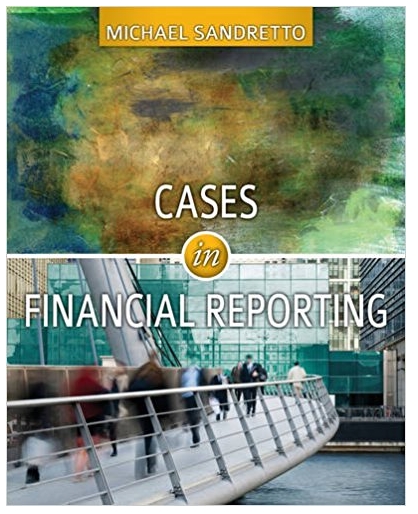1. Evaluate governance issues in relation to: a. Loans to GGP executives to cover margin losses on...
Question:
a. Loans to GGP executives to cover margin losses on GGP common stock purchases.
b. The replacement of independent directors.
c. The Mary Bucksbaum Scanlon’s Trusts.
2. Why was GGP the only major mall owner/ manager to file for bankruptcy protection during the financial crises of 2008–2009?
3. Many analysts expected GGP equity holders to lose most or all of their financial interests in GGP. The joint bankruptcy filing of GGP and most of its SPEs has apparently allowed GGP to successfully reorganize much of its debt and repay all of its obligations, while retaining substantial value for its equity holders. Do you agree or disagree with the court’s decision to allow GGP’s SPEs to enter bankruptcy protection? Explain.
4. What are the implications of the GGP bankruptcy for the securitization markets? Explain.
On April 16, 2009, General Growth Properties (GGP) filed for bankruptcy protection. At the time, GGP owned 254 shopping malls, 25 office complexes, 10 planned com-munities, and had 10 properties under development.1 Although GGP had $ 28.9 billion of assets at the time of its filing, other aspects of the bankruptcy filing were far more significant than its size. GGP had transferred ownership of most of its properties to special purpose entities (SPEs). Institutional investors purchased notes issued by each SPE and collateralized by the properties transferred to each SPE. That process supposedly isolated the properties from the reach of GGP creditors because SPEs are considered bankruptcy-remote entities. Since the first securitization in the early 1980s, that bankruptcy protection veil had never been pierced. In the two weeks prior to filing for bankruptcy, GGP replaced many independent directors of its SPEs. When GGP filed for voluntary bankruptcy protection, the directors of 158 GGP bankruptcy-remote SPEs simultaneously voted to file for bankruptcy protection although none of the SPEs were in default and each had adequate cash flows to service its debt. The SPE directors appeared to file for bankruptcy protection for the benefit of GGP, not for the benefit of the SPE’s creditors. That simultaneous filing, known as substantive consolidation, could potentially allow the bankruptcy court to pool all of the assets and liabilities of GGP and its SPEs. In effect, GGP might be able to repay its creditors using cash that had been set aside by contract as protection for SPE creditors. Many investors and attorneys believed that a ruling in favor of substantive consolidation might be the end of securitization as we know it.
Common Stock
Common stock is an equity component that represents the worth of stock owned by the shareholders of the company. The common stock represents the par value of the shares outstanding at a balance sheet date. Public companies can trade their stocks on...
Fantastic news! We've Found the answer you've been seeking!
Step by Step Answer:
Related Book For 

Question Posted:





